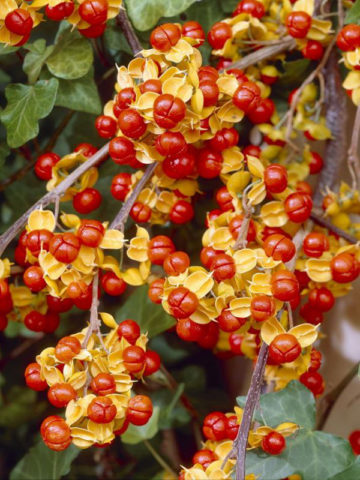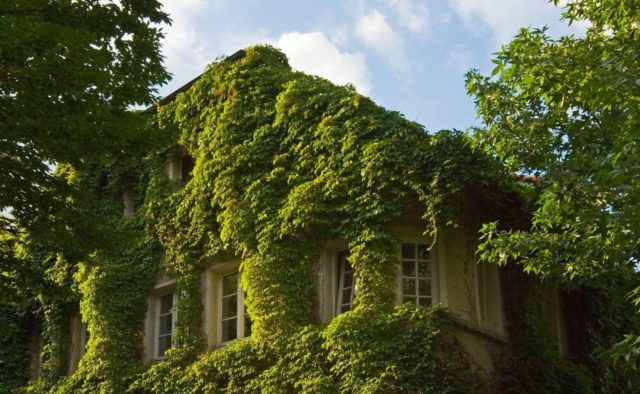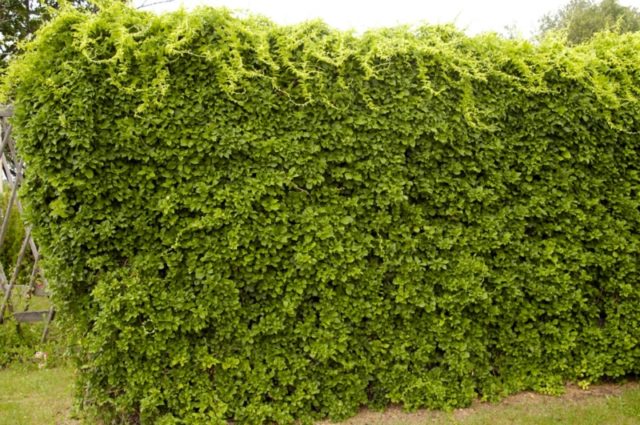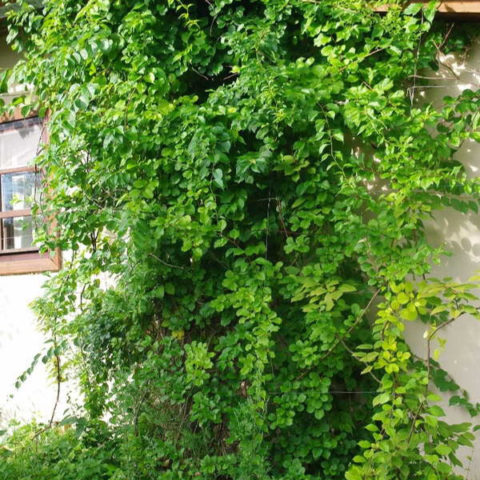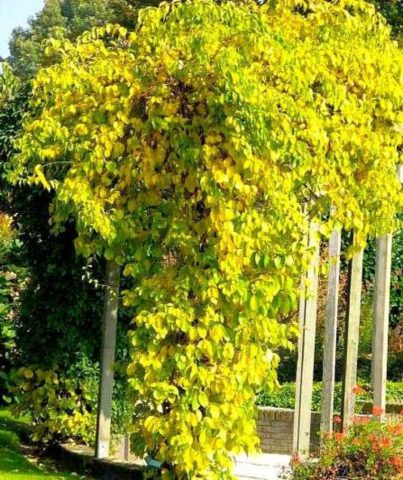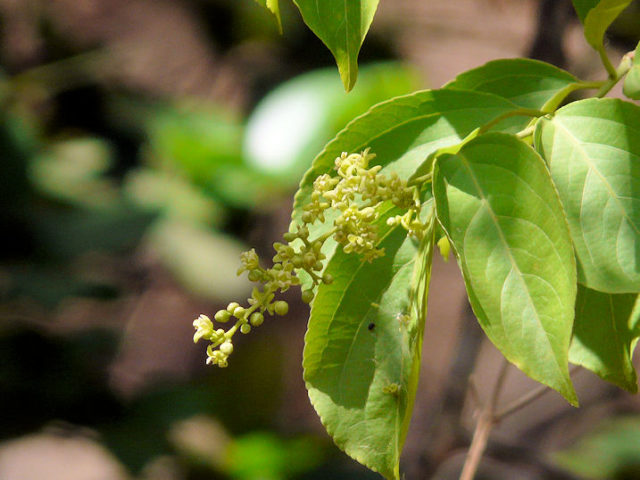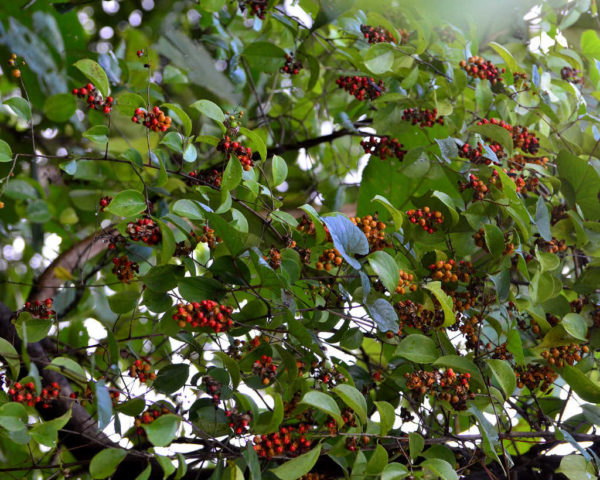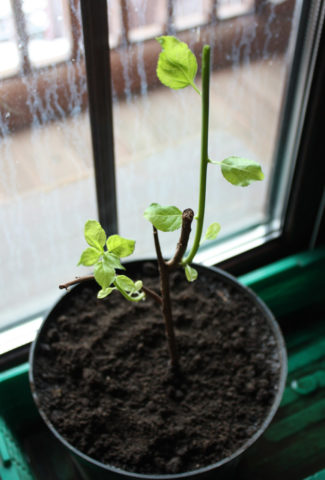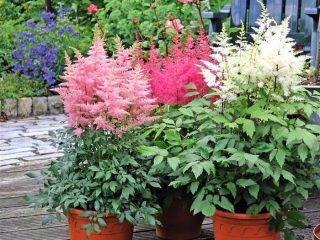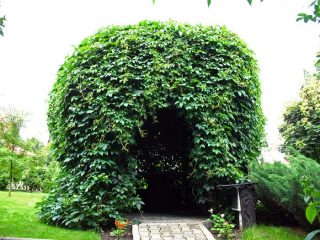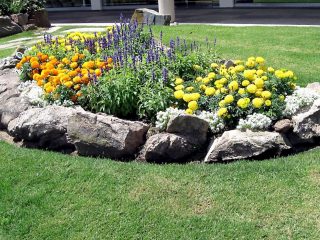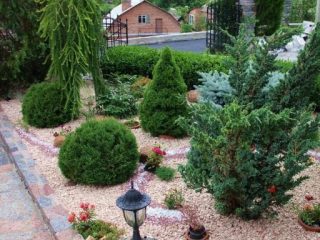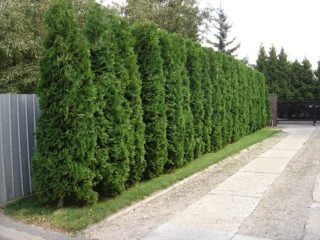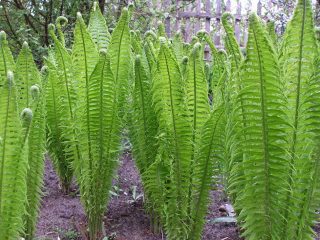Content
Photos and descriptions of wood pliers will help gardeners choose the right variety. This exotic plant is perennial and resembles a liana. As a rule, it grows in the tropics and subtropics. This name was not received in vain: this is due to the fact that the plant feeds on other trees, as a result of which it destroys them. In most cases, wood pliers are used to decorate gazebos and walls of buildings.
Tree pliers in landscape design
Wood pliers are increasingly being used in landscape design. Creepers are an excellent option for decorating gazebos, arches, and blank walls of buildings. If you first study the photo and description of the rotundifolia pliers, you will understand how well they cope with the task. There are species that resemble ground cover plants, forming a kind of carpet.Climbing tree pliers are planted on the slopes of reservoirs, decorating them.
The most popular type at the moment is climbing; it is much more often used when registering land plots. Even with minimal care, vines quickly grow and add greenery to buildings and supports.
Popular types
In Russia, only a few species of tree pliers can grow under natural conditions: red-leaved, round-leaved, brush-shaped, and climbing. These species have a large number of differences in shape, appearance, growing conditions, and decorativeness. Plants with dense foliage and unpretentious ones are especially popular.
Tree pliers round-leaved
This type of vine has fairly dense foliage, a dense, spreading crown that can reach a width of up to 3 m. Wood pliers grow quite quickly, the length of the vine can reach 12 m. The main advantage is resistance to low temperatures.
In a young plant, the trunk has a green tint; over time, the color changes to dark brown. The leaves are elongated, oval, with small points at the ends. During leaf fall, the green color turns to orange.
At the age of 5 years, the flowering process begins and lasts no more than 2 weeks. In autumn you can see small yellow fruits. To appreciate the beauty of the vines, just look at the photo of the rotundifolia tree.
Diana rotundifolia
It is recommended that you familiarize yourself in advance with the rules for planting and caring for the climbing tree plier Diana. This variety is a representative of the most powerful vines.The height of an adult plant reaches 12 m. Wood pliers tolerate low temperatures and are unpretentious to soil and growing conditions.
The fruits appear only on female plants; they have a yellow-red hue and decorate the plant for several months, starting in October and ending in December. The foliage is rich green, turning yellow in autumn. Female varieties are distinguished by abundant fruiting. During growth, several supports are used at once; it is not recommended to plant them next to other plants.
Tree pliers rotundifolia Hercules
The Hercules tree pliers can reach 10–12 m in height, forming a large number of new shoots. The annual growth of young shoots is about 1 m. They are quite easy to root if necessary. The fruits are decorative, resembling spherical boxes of bright yellow or orange color. They can grow both on the sunny side and in partial shade. Lianas are not susceptible to many diseases and pests.
Whip pliers
Climbing vines grow up to 12 m. A special feature is the rapid rooting process of shoots. Young trunks are painted a light green shade, after a year - red-brown, and eventually the lignified trunk becomes dark brown.
The foliage is green, round in shape, length varies from 8 to 10 cm, the edges are jagged. The stipules resemble hooks, with the help of which the vines are attached to the walls and rise up.
Flowering begins in July and lasts only 1 week. The stems of the flowers are short, do not stand out and do not attract attention. In September you can see small fruits of a rich red color.
Paniculata wood pliers
Paniculata can grow up to 10 m in height. Annual shoots are brown in color and have white dots on them. The branches are hollow, the core is brown. During the flowering period, yellow-green flowers appear. The fruits are small in size and bright orange in color.
Paniculata is used by the peoples of India for medicinal purposes; this is not common in Russia. Indians believe that the use of this plant has a beneficial effect on the functioning of the brain; it is recommended for speech impairment and memory loss.
Brush-shaped wood pliers
It is the most beautiful vine of all tree pliers. The length of the vine can reach 12 m, and the diameter of an adult plant is 6 cm. After the tree plier is 10 years old, it extends an additional 5 m. The trunk has a dark brown tint, and the bark resembles fish scales.
The leaves are a rich, bright green color, they are slightly elongated and grow up to 14 cm in length. Since the foliage is stringy, this gives them a wrinkled appearance. By mid-September the foliage changes color to yellow and falls off completely in October.
Flowering occurs in July, flowers grow singly or in groups. The buds are small in size. Fruiting begins 10 years after the shoots appear. In autumn, small bright orange fruits can be seen on the vines.
Growing rotundifolia pliers
Wood pliers can be grown anywhere: in the sun or in the shade; the vines are not picky about the area. There should be a wall, arch, gazebo or other tree close to them, as the plant needs support.
Despite the fact that vines are unpretentious to the soil, you can prepare the ground in advance, which will ensure rapid development. For better survival, it is recommended to plant vines that are 2–3 years old. The depth of the planting hole is 60 cm. After planting, the soil around the tree pliers is mulched, and fertilizer can be applied if necessary.
Features of caring for wood pliers in winter
The main advantage of wood pliers is drought resistance. For mature plants, there is enough rainfall; in summer it is necessary to water once a month. One plant requires about 20 liters of water; young shoots should be watered more often.
In spring, vines are pruned: damaged and weak shoots are removed. During the growing season, you will need to thin out the crown. Mature vines do not need to be covered for the winter. If there are frozen shoots, they are removed.
If the age of the vines does not exceed 3 years, then they will need to be covered before being sent for the winter. The soil around the tree pliers will need to be mulched and covered with spruce branches on top. After each watering, it is necessary to loosen the soil.
Reproduction
Wood pliers can reproduce in several ways: by seeds, vegetatively. If the vegetative method is chosen, then the vines can be propagated by layering, root cuttings, cuttings of an adult plant, or root shoots.
When choosing the cutting method, you will need to take a woody shoot and divide it into several parts, which will contain from 6 to 8 buds.If you take cuttings in the spring, then they need to be planted in the summer, but if they are prepared in the fall, then the process is carried out in the winter. Moreover, it must be carried out in containers with soil. The root system appears after 1.5 months.
Propagation by cuttings is possible only in early autumn. In an adult vine, you will need to dig up part of the root system and divide it into parts 10 cm long. After this, the cuttings are placed in a container with sand and left in a cool place until planting - until spring.
Diseases and pests
The main advantage of wood pliers is that the vines are not exposed to diseases at any stage of development, and pests do not appear on them. This will save you from additional costs.
How to get rid of wood pliers
If you are tired of the wood pliers and need to get rid of it, you must first trim the vines, remove them from their supports and dig up the root system. It is worth understanding that it can go deep into the ground and digging it out will be quite difficult. In this case, you can use chemicals that completely burn out the roots. You can find such drugs in specialized stores.
Reviews of wood pliers
Conclusion
Photos and descriptions of the tree pliers show how beautiful the vines are. They are increasingly used in landscape design when decorating land plots. It is worth knowing that the plant sap is poisonous; precautions must be followed. The main thing is not to plant plants close to other trees, as they may die.
